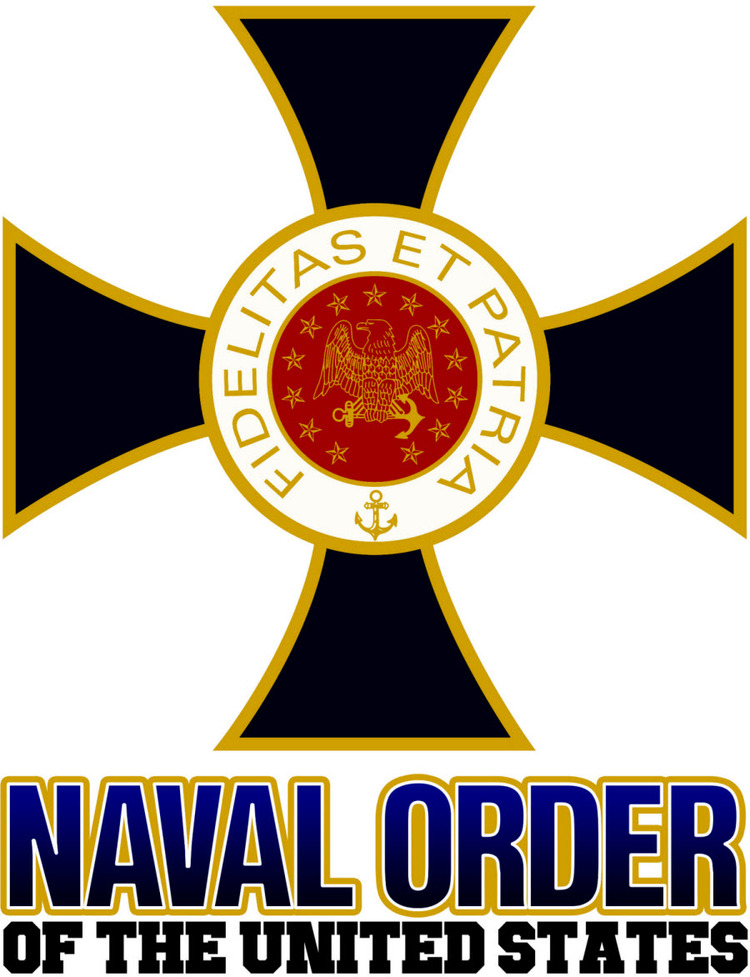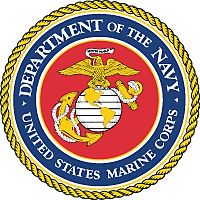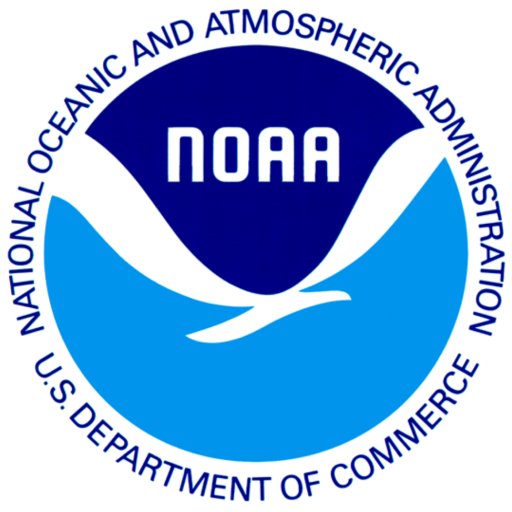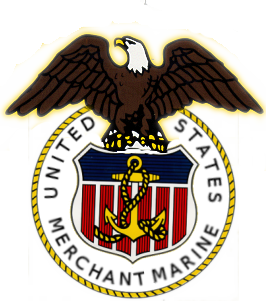CAPT John Lehman, Jr., USN (Ret)
On Leading the US Navy
by CAPT John Francis Lehman, Jr., USN (Ret)
As Secretary of the Navy from 1981 through 1987, I adopted a four-part approach to leading the service (the details of which I’ve written about in three books that I note below and commend to you all):
First, borrowing from naval history, my own operational experience, and the guidance put out by President Reagan, I insisted that the Navy have, promulgate, and follow a STRATEGY. And not just any strategy, but one that was aggressive, offensive, global, joint, and allied, and designed to push the Soviets back across all the seas in which they were challenging us. I pushed hard for this, but happily, I was mostly pushing on an open door. Outside the Navy, the strategy was often contentious. But inside the Navy, it usually resonated. The Navy’s superb operators and planners exercised it, its world-class wargamers played it, and its strategy and policy specialists wrote it up and briefed it passionately hither and yon. I gave some guidance—forcefully—and stoked some fires, but the Navy ran with it well. It was what they thought their Navy should be about. And the Soviets got the message. (1)
Second, I insisted – as did the President – that the strategy needed 600 SHIPS to implement it. The Navy warmly embraced this goal, but was divided on just what the proper mix of those ships—and aircraft—should be. Here no two Navy officers agreed. Yet decisions had to be made. And stuck to. I had to wade into the minutia of the POM build and the budget, and deal with the conflicting entreaties of the Navy’s community and platform barons. And I had to do my homework. Daily. Making a decision in favor of one program or contractor always implied fewer resources for other programs and contractors. So I had to be rigorous—and adamant—in imposing an understandable deductive logic to the decision-making. We had a finite number of geopolitical regions in which our vital interests demanded command of the seas to ensure deterrence of the Soviet threat by sufficient naval forces to convincingly defeat Soviet forces if war broke out. To ensure that clear capability we had to be able to deploy superior air, surface and sub-surface forces simultaneously in each vital region equipped with superior technology. That meant fifteen carrier battle groups with fourth generation airwings, and latest offensive and defensive weapons, and sufficient numbers of Aegis cruisers and destroyers with accompanying logistics ships, and sufficient numbers of nuclear attack submarines to eliminate subsurface threats. Along with SSBNs and specialized craft, and sufficient amphibious lift to land multiple Marine Amphibious Groups and Battalions, that amounted to an operational fleet of 600 ships including components of the Ready Reserve. We achieved 594, with many more on the building ways, but then the Soviet Union collapsed—in no small part due to our strategy and building program.
Third, I had to ensure that the Congress and the American people knew that we were not wasting their money. 600 ships were expensive, but they were AFFORDABLE, if we bought them right. So we immediately focused on establishing real competition through blocking design changes and gold plating and requiring at least two industry sources to compete in production through annual fixed-price contracts and cutting out bureaucratic bloat. We created new institutions – like the Navy Competition Advocate, and eliminated useless ones – like the Navy Material Command. The White House and Capitol Hill gave us what we needed, since they now believed we were good stewards of the taxpayer’s dollar. (2)
Fourth, we knew the importance of esprit and adventure on the waterfront and at sea. We made sure that sailors toiling on the flight decks in rotten weather and marines landing ashore in the snow knew that job one was to prove to the Soviets, that they would lose badly if they chose war, and that the sailors and marines were integral and vital parts of this great—and doable—enterprise. We encouraged the filming and widespread distribution of the blockbuster film hit “Top Gun,” and other fair and accurate portrayals of our Navy and Marine Corps.
We sponsored Bob Ballard in his “Bottom Gun” expeditions to the wreck of Titanic – widely applauded across the country by viewers of his National Geographic specials. These and other showman-like actions were derided by some, but they inspired many. I loved the thrill, adventure and camaraderie of serving in the Navy, and was inspired myself by the Navy’s heritage. They energized me and pushed me to get things done. And I wanted all Navy and Marine men and women—and the American public as well—to feel that way too. To the extent that I was successful as the Navy’s civilian leader for a half dozen critical years, it was because of the great Navy men and women with whom I served and had the opportunity to lead, and because of the American people who supported them.
————-
1. Much has been written on the strategy, but to read my take, see my new book “Oceans Ventured: Winning the Cold War at Sea”.
2. For specifics on building the 600-Ship Navy and making it affordable, take a look at my book “Command of the Seas”, published soon after I retired as Secretary.
3. For more details on what inspired me and what I hope will inspire others, see my book “On Seas of Glory: Heroic Men, Great Ships, and Epic Battles of the American Navy”.
CAPT John Francis Lehman, Jr., USN (Ret) is recipient of the Naval Order’s 2014 Admiral of the Navy George Dewey Award, the Samuel Eliot Morison Award for Naval Literature in 2003 and 1989, and the Texas Commandery’s Admiral Chester W. Nimitz Leadership Award. Dr. Lehman is a founding partner of the J.F. Lehman & Company and has been involved in all aspects of the firm’s private equity investment and management activities since its inception. He continues to write, and actively support several private and public initiatives.






